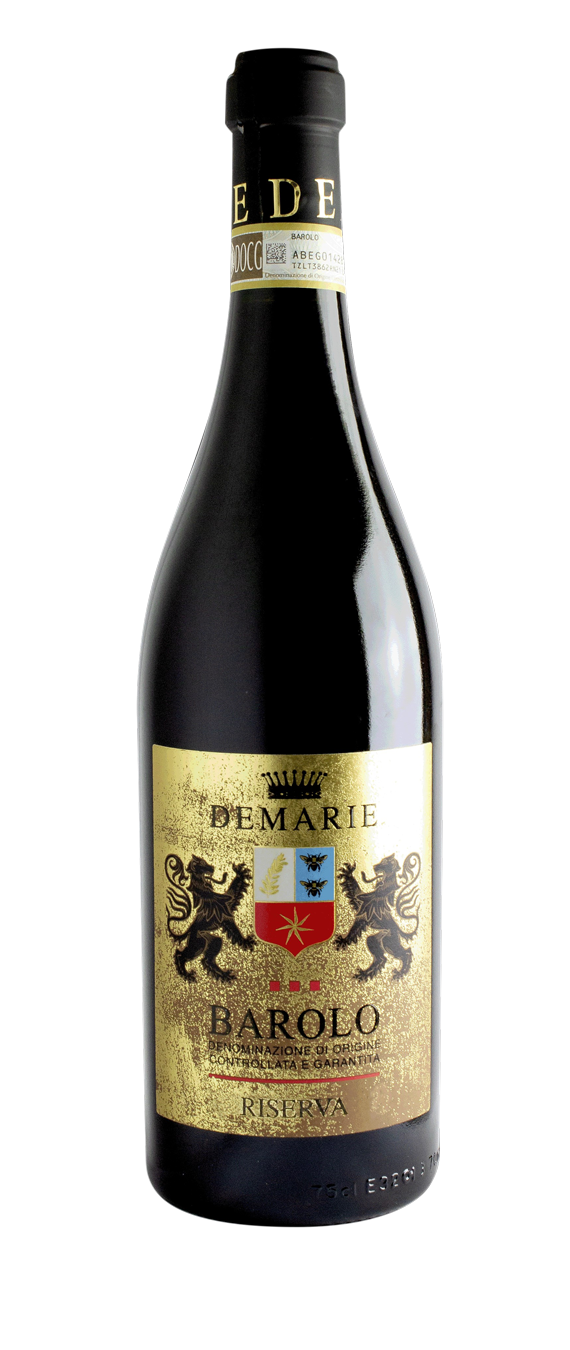For You Roero Arneis DOCG Spumante Vintage 2019
Wine
“Metodo Classico” sparkling wine is produced from grapes Arneis. It stayed on the yeasts before “degorgement” for a long period.
In the glass it shows a straw yellow colour with fine and persistent pérlage.
Floral and fruity savours followed by fresh bread and yeast fragrance.
The palate confirms the typical arneis pleasantness, dry, well structured, fine and intense.
Served at 8° – 10° it is perfect as an aperitif, in combination with hors d’oeuvres and light dishes or in times of celebration.

Tasting Notes
Variety: Arneis grapes
Colour: brilliant, sunny, bright with shades of straw yellow and green reflections
Scent in perfume: full-bodied, with a forceful intense impact, delicate and well balanced. Hints of fruit and floral flavours that recall peach and apricot. These typicals Arneis flavours are followed by fresh bread and yeast fragrance
Flavour: dry, palatable and pleasantly harmonic. Fine and intense
Best served at: 8-10 °C – 47-50 °F
Food matches: Excellent as an aperitif. It is perfect with hors d’oeuvres, light, vegetable first courses. Ideal also with fish or poultry and for every celebration
Vinification: traditional, in steel tanks with controlled-temperature fermentation. The second fermentation is made in the bottle with the addition of selected yeasts and sugars. “Degorgement” after a long period on the lees
Size / Format: 0,75 l – 1,5 l
Ageing potential: up to 8 years after harvest
I Vini di Veronelli 2016 — 1 stella

Guide I Vini di Veronelli
Score 1 stella
Publish Year 2016
Roero Arneis DOCG Spumante Extra Brut 2010
I Demarie coltivano le proprie uve sui soleggiati pendii del Roero attraverso metodi compatibili con la salvaguardia dell’ambiente naturale. I Vigneti si trovano nei comuni di Vezza, Castagnito, Castellinaldo e Guarene, impiantati prevalentemente con Nebbiolo, Barbera ed Arneis.
I Vini di Veronelli 2015 — 1 stella

Guide I Vini di Veronelli
Score 1 stella
Publish Year 2015
Roero Arneis Spumante Extra Brut For You DOCG 2010
I Demarie coltivano le proprie uve sui soleggiati pendii del Roero attraverso metodi compatibili con la salvaguardia dell’ambiente naturale. I Vigneti si trovano nei comuni di Vezza, Castagnito, Castellinaldo e Guarene, impiantati prevalentemente con Nebbiolo, Barbera ed Arneis.
Annuario dei migliori vini italiani 2014 — 84/100
Guide Annuario dei migliori vini italiani
Score 84/100
Publish Year 2014
Roero Arneis DOCG Spumante Extra Brut For You 2010
Pressoché completa la rappresentanza di autoctone uve del Piemonte nel bicchiere Demarie.Versatile il suo viticolo ed enologico vista la diffusa piacevolezza rilevata. E bella suadenza spumosa svela il Roero Arneis DOCG Extra Brut “For You” 2010.
I Vini di Veronelli 2014 — 1 stella

Guide I Vini di Veronelli
Score 1 stella
Publish Year 2014
Roero Arneis Spumante Extra Brut For You DOCG 2010
I Demarie coltivano le proprie uve sui soleggiati pendii del Roero attraverso metodi compatibili con la salvaguardia dell’ambiente naturale. I Vigneti si trovano nei comuni di Vezza, Castagnito, Castellinaldo e Guarene, impiantati prevalentemente con Nebbiolo, Barbera ed Arneis.
Vini Eccellenti d’Italia 2014 — Grappolo d'Oro
Guide Vini Eccellenti d’Italia
Score Grappolo d'Oro
Publish Year 2014
Our “For You” Roero Arneis DOCG 2010 Spumante Extra Brut has been awarded with “Gold cluster” in 2014/15 edition of Guida Vini Eccellenti d’Italia of Tavolaegusto.
I Vini di Veronelli 2013 — 1 stella

Guide I Vini di Veronelli
Score 1 stella
Publish Year 2013
Roero Arneis DOCG Extra Brut For You 2008
I Demarie coltivano le proprie uve sui soleggiati pendii del Roero attraverso metodi compatibili con la salvaguardia dell’ambiente naturale. I Vigneti si trovano nei comuni di Vezza, Castagnito, Castellinaldo e Guarene, impiantati prevalentemente con Nebbiolo, Barbera ed Arneis.
Vine
Arneis is a white grape vine very ancient, originary from Piedmont.
Roero Counts, feudatories of the homonymous area, brought with them some vine shoots from Basso Monferrato in their new feudal territories.
From XV century in fact we found this vine especially in Roero area and some sources link his name to the latin term Renexij, after the name of Renesio hill, behind the town of Canale.
After many centuries of popularity, this varietal was heavily hit by the wine crisis and depopulation of the countryside that occurred during the inter-war period.
Towards the end of the 1960s, Arneis was nearly lost, cultivated in only a few rows within Nebbiolo vineyards because the sweetness of its fruit attracted hungry birds, keeping them at bay from the more remunerative Nebbiolo.
It was thanks to the entrepreneurial know-how of a small group of producers, who realised that a good white wine among so many reds was necessary to the area, that Arneis was saved from extinction and production recommenced.
Part of Arneis’ recent success is undoubtedly due to careful selection of clones which has significantly improved its quality.
Until a few decades ago, in fact, Arneis vines tended to become deformed – probably giving rise to the name of the vine itself, which, in local dialect signifies a madcap or capricious person.
In the dry sandstone of the Roero, soft, permeable soils where the layers of sand are interspersed with marl, the Arneis acquires subtle and elegant aromas reminiscent of white flowers and fresh fruit.
More recently, Arneis was transferred also to the most friable and sandiest lands of the Langhe.
This movement gave origin to two DOC: the first one is located on the left side of the Tanaro river and is called Roero Arneis DOCG, the second takes the name of Langhe Arneis DOC.
Vineyard & Vintage Features
Roero Arneis DOCG Spumante 2019
Chemical Analysis
Alcohol vol. (%): 13,5%
Contains sulphites
Product in Italy
















